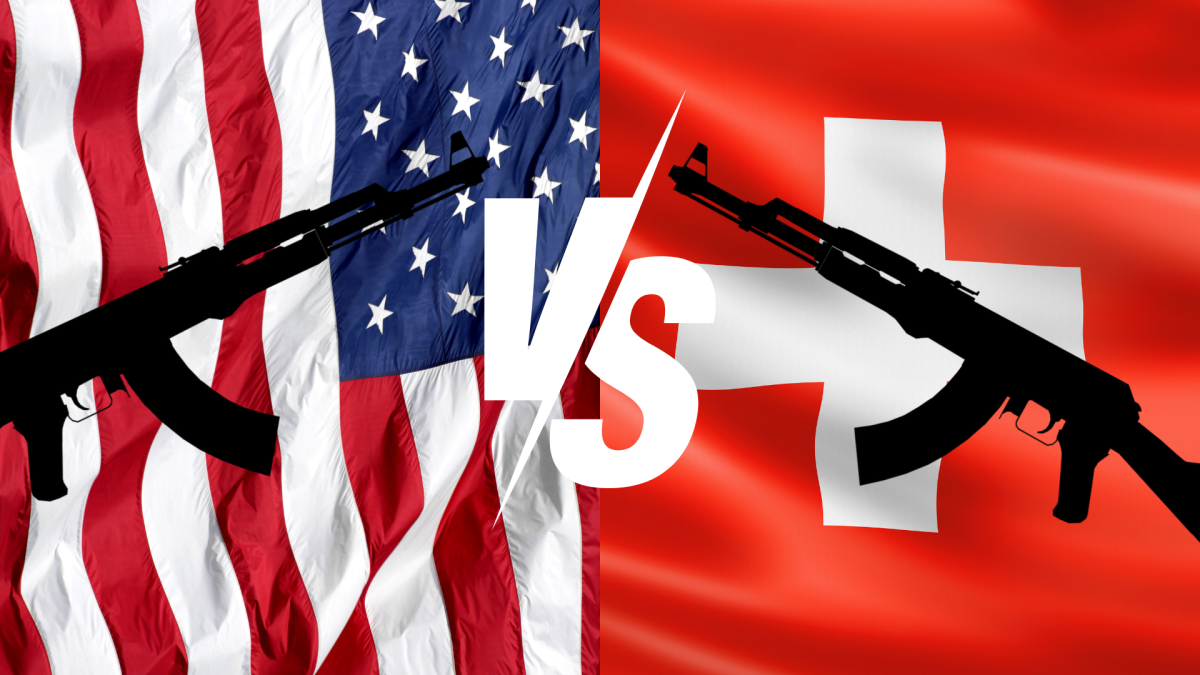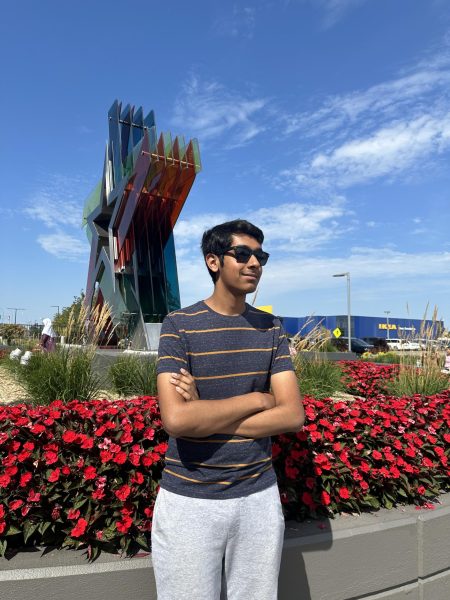Gunshots. Bloodshed. The horrific corpses.
These scenes have been accustomed to millions of Americans. It seems that nearly every other day carries information about a horrific crime, a brutal murder, or a tragic death being carried out at or near an educational institution.
With relaxed gun laws that are in place today, it is clear that the cycle of death that accompanies every school shooting and the breaking news headline following it is not going to erase anytime soon, at least not without bipartisan support, which is extremely unlikely.
Among all, Republicans are usually on the opposite side, with many fiercely defending the second amendment as a vital law to Americans’ personal security, arguing that taking it away would jeopardize the safety of law-abiding citizens.
Additionally, many point to other countries that have looser gun laws as a defense for having looser gun laws themselves. One of those countries that is mentioned the most is Switzerland.
And indeed, they have much of the same loose restrictions on gun policy like the United States. The Swiss government not only encourages the sale of weapons, but endorses them. Every able-bodied man in the country is legally obligated to serve in the nation’s army for 21 weeks, with all of them expected to keep their guns in their homes following service.
Additionally, there are shooting ranges all across the country, where Swiss citizens are obligated to participate at least twice per year by law. These shooting ranges are everywhere, from deep, underground caves, to over roads and highways. When going to a range, it is normal to see kids as young as 8 or 9 participating.
Yet, puzzlingly, they have almost no gun-related violence, and school shootings on educational institutions are virtually nonexistent to Swiss individuals. This leads to many posing the question: how did America get to this point?
Upon inspecting Swiss history however, it becomes clear that the lack of crime in Switzerland is a side effect of Swiss military doctrine. Over 700 years ago, a group of Germanic tribes banded together in the area that is modern-day Switzerland to form a republic. They recognized that the Swiss Alps were a great way of defending their country, so they decided to live united to fend off invaders.
However, they recognized that they did not have enough men to form a professional army like other European nations, so they conceived one of the world’s first permanent drafts: a mandatory conscription.
This draft has largely existed unopposed to this day. However, the draft and the guns that come with them have taken on a new meaning entirely.
When French Teacher Kathleen McCunn visited Switzerland, she noted the stark difference in community between both countries. “They (The Swiss) are more supportive of their neighbors… people know their neighbors wherever they go. I feel in America we don’t always know the people around us and so you are less likely to help them if something is going on in their lives. I did feel like the Swiss were kind and willing,” she noted.
It is clear that Swiss culture has taken gun ownership as something more than a weapon. Whenever they are at a shooting range or a festival, they use guns as a way of bonding with others in social events, creating friendships, or being and serving a part of their community.
This is why gun ownership in Switzerland is not a problem. Swiss people have used guns as a way of strengthening bonds and being part of a social circle that encompassed so many people and so many places.
However, the same doctrine did not bode so well back home.
When the country first came into existence in 1776, a young America sought to emulate existing countries that expressed ideas it aligned with. One of those countries was Switzerland, with its mandatory military draft. Many founding fathers were thrilled at the idea of introducing it, a “well regulated militia” as they called it, to the United States.
Soon enough, the Second Amendment was drafted and passed into office. The amendment reads as follows: “The right of the people to keep and bear arms shall not be infringed; a well armed and well regulated militia being the best security of a free country,” with it being split into two sections: the right to bear arms, and the obligation to serve in the army.
Fundamentally, the right for guns had been given for the sole purpose of national defense. Initially, the “well regulated militia” had worked successfully. In the Pennsylvania Boxer Rebellion of the 1790’s, where farmers fed up with the Articles of Confederation rebelled against the US government, a conscription was formed immediately, which crushed the rebellion without any struggle.
This event reinforced the idea to many American politicians that the Second Amendment was important, and so it became an integral part of American government and society.
However, as the US expanded westward, the country wanted regional dominance and control. While a militia is useful, its sole purpose is for defense and deterrence, while proving useless in conquest. As a result, having a professional army was far more important.
Over time, the mandatory military draft that was in place vanished. As soon as the military obligation ended, people lost the shared sense of community that Switzerland had, and the concept of owning a gun became individualized rather than being part of a community.
As a result, politicians began to take on the Second Amendment in a new light: as a way of promoting self-defense. They reshaped the amendment so that Americans interpreted it as a right to defend themselves, while the original intention had been to defend the nation. They made the second amendment fit neatly into the American dream, drawing appeal to the safety that guns make in defending families, having social pride, and bringing down social unrest.
However, nearly 50,000 homicides in the US have been carried out by guns. The number of children and teens killed by guns has skyrocketed to over 2000. Hundreds have died because of gun-related accidents. Hundreds of mass shootings, and the leading cause of gun violence being suicide, have clatimed the lives of tens thousands of people every year.
Yet, it is difficult to do something about this. As long as guns are portrayed as a way of self defense, any reasonable effort to limit the countless deaths that accompany them will continue to fail. When Guns are seen as an individual right, a right synonymous with the right of assembly or the right of free speech, not a lot is going to change.









